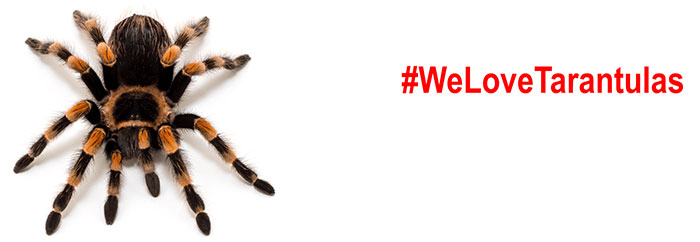New ID Guide to Combat Tarantula Smuggling at Borders
Montreal, 14 February 2019—Today, the Commission for Environmental Cooperation (CEC) is releasing the first-ever guide to identify tarantulas in North America that are listed in the Convention on International Trade in Endangered Wild Fauna and Flora (CITES). The guide was designed to help customs and law enforcement officers in Canada, Mexico and the United States recognize tarantulas and help ensure their legal, sustainable and traceable trade across the continent. The trade of species—animals, plants and wood—as pets and products in North America is a multi-billion-dollar industry that contributes significantly to community development and economic growth. However, the growing demand for these species can lead to their illegal harvesting and trade and threatens wildlife species and their habitats.
“Today marks a turning point in North American tarantula conservation,” says Hesiquio Benítez-Díaz, Mexico’s CITES Scientific Authority and General Director of International Cooperation and National Implementation at the National Commission for the Knowledge and Use of Biodiversity (Conabio). We have a huge opportunity to replace illegal tarantula trade with a legal and sustainable market that provides benefits to local communities where tarantulas live.”
The CEC, working with the governments of Canada, Mexico and the United States, communities, non-governmental organizations, conservationists and trade practitioners is promoting guidelines and practices to discourage illegal harvesting and trade of North American species and raise awareness to support their legal and sustainable trade.
“We want people to look at tarantulas differently, to appreciate the critical role they play in the ecosystem and the value of their protection and conservation,” says David Donaldson, Head of the Unit for Green Growth.
The Guide to the Identification of CITES-listed Tarantulas also includes the conservation status of the species, which is based on the most recent International Union for Conservation of Nature’s (IUCN) Red List assessment for tarantulas developed with support from CEC.
More information on the project and opportunities for collaboration to support the sustainable trade of tarantulas in North America can be found in the Findings of the Tarantula Trinational Trade and Enforcement Workshop.
Join the conversation on social media at #WeLoveTarantulas and follow us on Facebook or Twitter @CECweb.
